5 trends shaping the future of residential construction
The landscape of residential construction is evolving rapidly, influenced by a variety of trends that are shaping the way we build and live in our homes. As a leading construction company, RAAP EHITUS OÜ is at the forefront of these changes, ensuring that our projects not only meet the current demands but also anticipate the future needs of our clients.
1. Sustainable and Green Building Practices
There is a growing demand for materials that are environmentally friendly and sustainable. From bamboo flooring to recycled steel, the use of green materials is becoming a staple in residential construction.
Homes are increasingly being designed with energy efficiency in mind, incorporating features such as solar panels, energy-efficient appliances, and smart thermostats to reduce the carbon footprint.
Innovative water-saving fixtures and landscaping designs that require less water are becoming more prevalent, reflecting a broader commitment to conservation.
2. Technological Advancements in Construction
BIM technology has revolutionized the planning and execution of construction projects, allowing for more precise designs and better project management.
The rise of 3D printing and modular construction methods has enabled faster and more cost-effective building processes, with a focus on quality and customization.
Smart home systems that offer convenience, security, and energy efficiency are being integrated into new homes, making them more attractive to tech-savvy buyers.
3. Design Innovations for Modern Living
The modern homeowner values flexibility in their living spaces. Homes are now being designed with adaptable rooms that can serve multiple purposes over time.
Residential designs are increasingly incorporating elements that promote health and wellness, such as improved air quality systems and natural lighting.
Outdoor spaces are being transformed into extensions of the indoor living area, with features like outdoor kitchens and entertainment areas.
4. Urbanization and Compact Living Solutions
As urban areas become more densely populated, the trend towards micro-apartments and tiny homes is growing, offering affordable and sustainable living options.
The push for vertical living solutions and mixed-use developments is reshaping urban landscapes, promoting a sense of community and efficient use of space.
Developments are increasingly designed with community in mind, featuring shared spaces and amenities that foster social interaction and a sense of belonging.
5. Regulatory Changes and Building Codes
New regulations are being implemented to ensure that residential constructions are resilient to the effects of climate change, such as extreme weather events.
Building codes are evolving to promote accessibility and universal design, making homes more inclusive for individuals of all ages and abilities.
Enhanced safety standards are being introduced to protect workers and residents, reflecting a growing emphasis on health and safety in the construction industry.


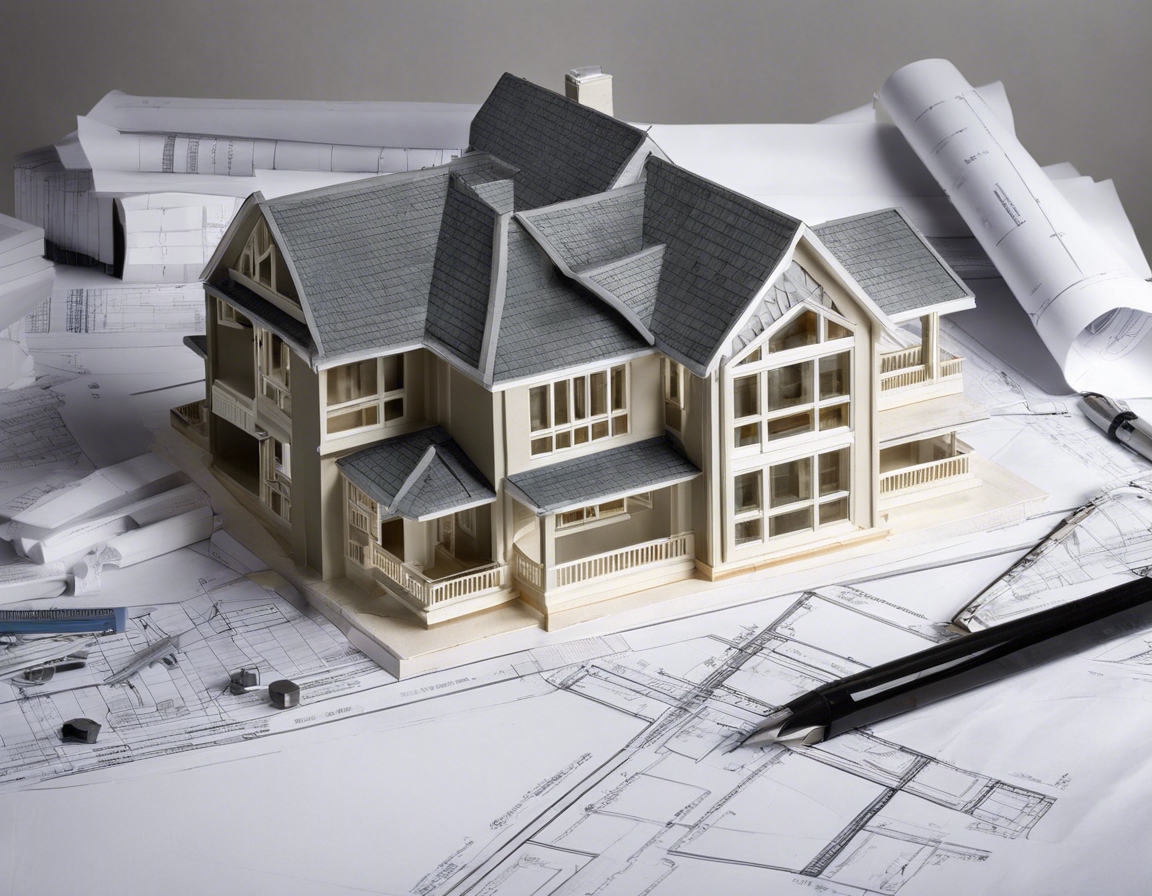

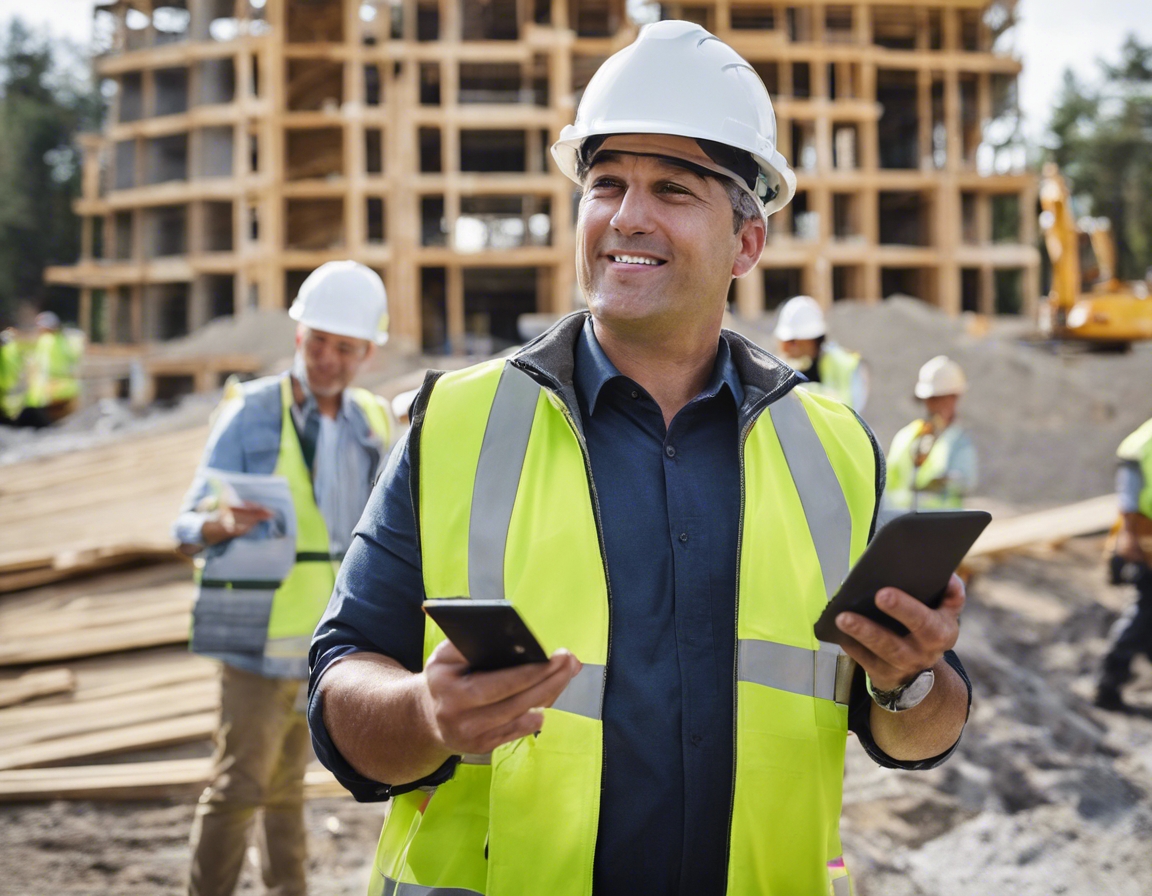
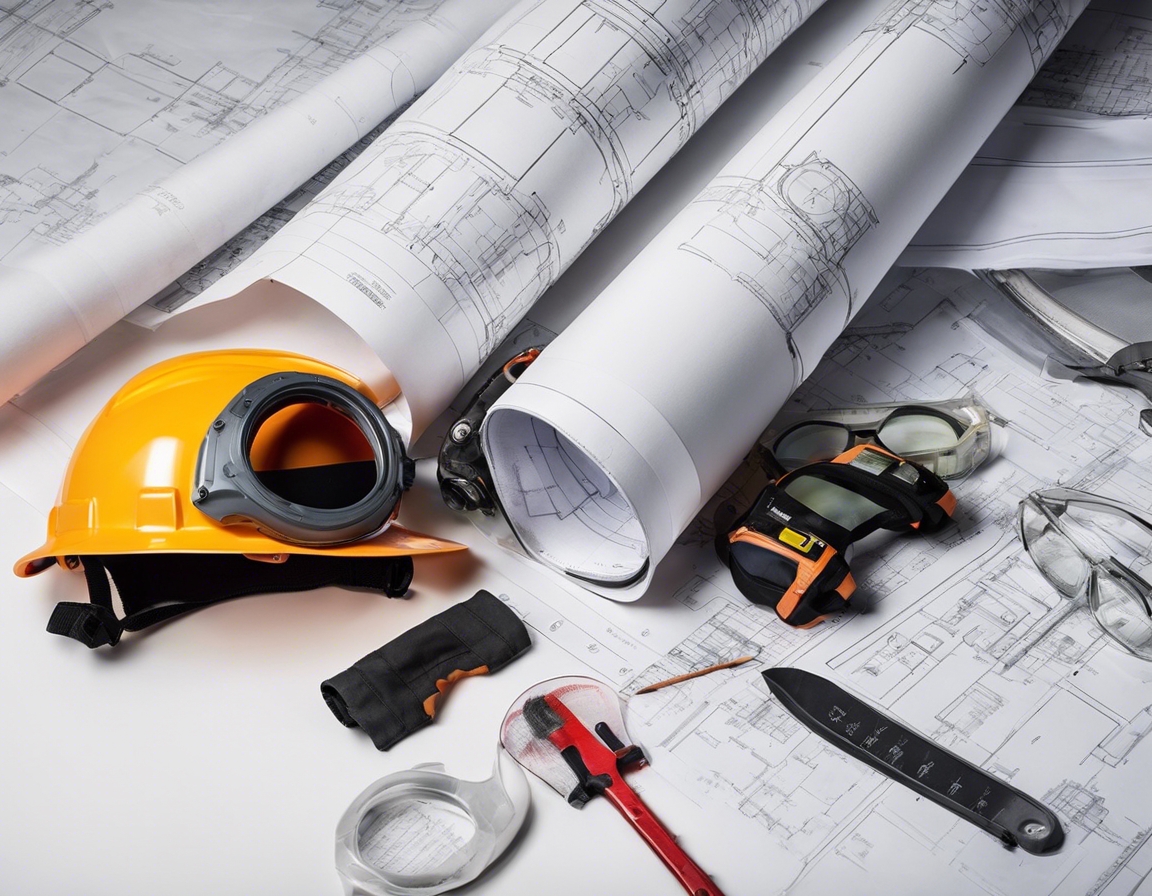
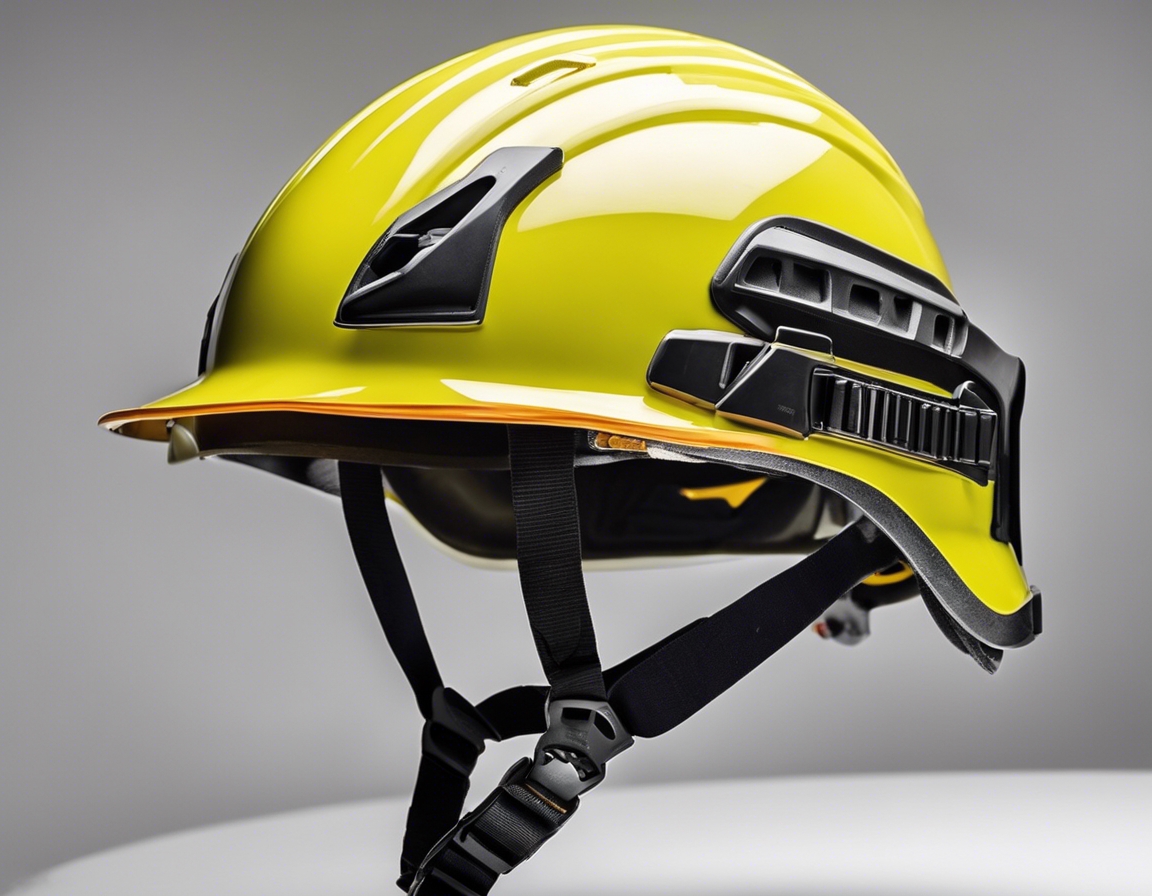
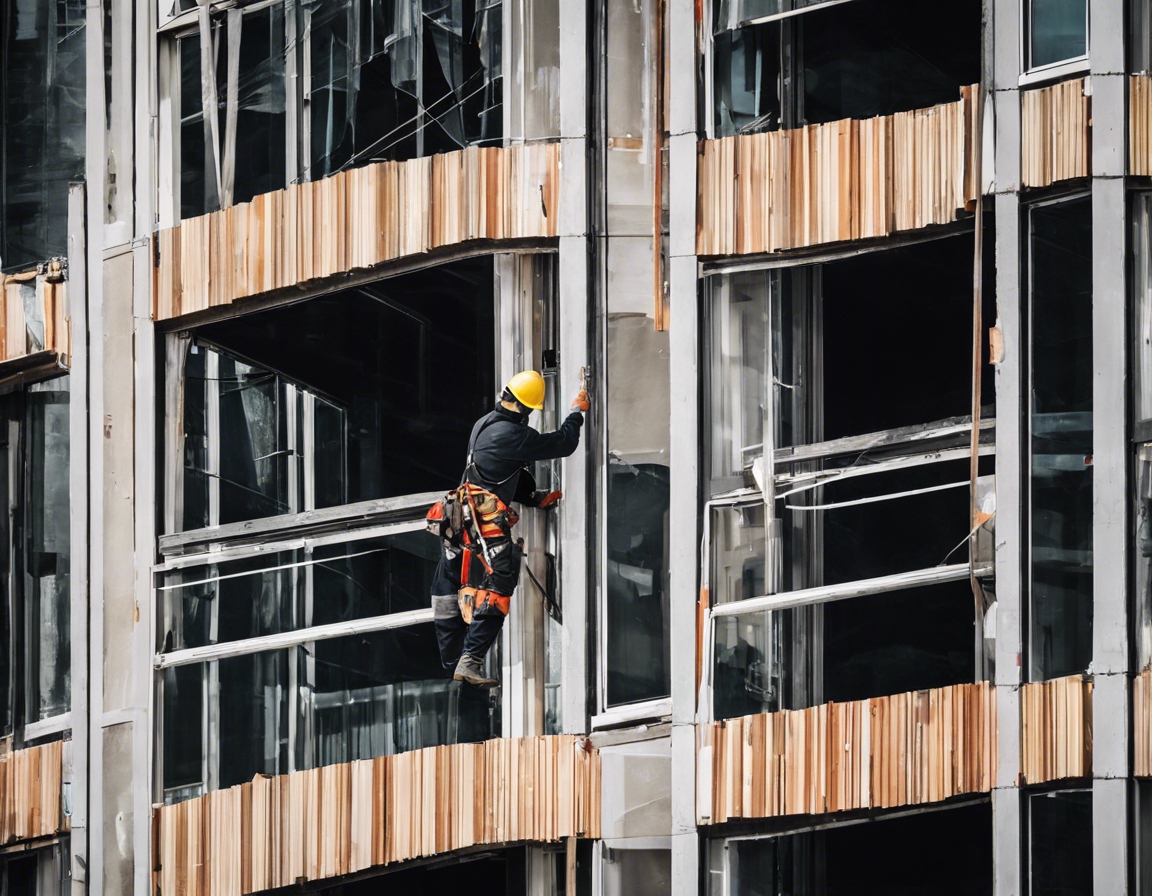
Comments (0)